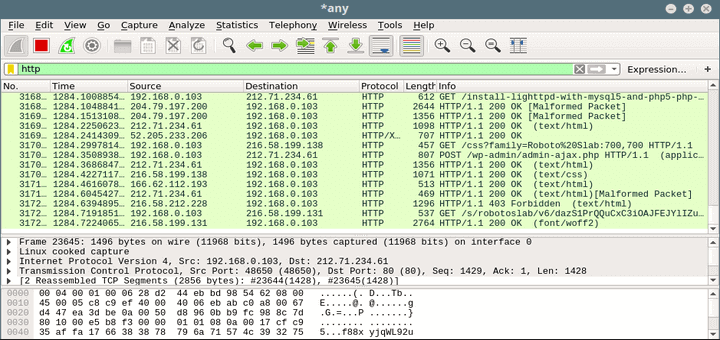

Both switch and AP negotiating at 1000 BT.

QuestionHow to look at packets per second and protocol hierarchy in packet capture? Customer EnvironmentAP/ZD and/or standalone AP packet capture done at ethernet interface. Keep in mind that these tools require administrator privileges.SummaryWhen doing a wireshark analysis, take a look at the packets per second, ipv6 count, and the protocol hierarchy to get idea of traffic type percentages. Some offer ways to copy and capture, while others read and ingest using different interfaces. Each of these tools provides a different way to capture or dissect traffic. There are many tools that are used in network traffic analysis and network sniffing. This applies not only to packet analysis but also to most other topics we will deal with in cybersecurity. We’re assuming that the user has basic background skills to complete this task, requires theoretical and practical knowledge, including basic networking concepts, TCP/IP Stack, OSI Model, and TCP handshake. This task covers the packet analysis steps in detail using Wireshark to analyze various protocols (unencrypted protocols) such as HTTP, DNS, and FTP. It provides many advanced features, including the live capture and offline analysis. Using network analysis tools such as Wireshark, it captures network packets in real-time and displays them in a human-readable format. As a cybersecurity individual, gaining packet analysis skills is an important requirement for network troubleshooting and communication protocol analysis. Packet analysis may also be called with different terms such as packet sniffer, packet analyzer, protocol analyzer, or network analyzer. Packet analysis is a technique used to capture and intercept network traffic that passes the computer’s network interfaces. This was part of TryHackMe Advent of Cyber 3 Day 9. We covered basic packet analysis with Wireshark.


 0 kommentar(er)
0 kommentar(er)
